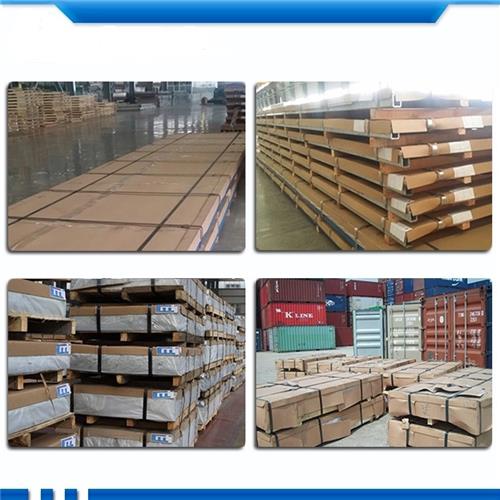Henan Henry can supply many alloys, including non heat treatable alloys and heat treatable alloys. What are the differences between aluminum alloys?
NON-HEAT-TREATABLE (COMMON) ALLOYS
1100
This is commercially pure aluminum (99% minimum). It has excellent corrosion resistance, weldability, and workability, as well as high thermal conductivity.
3003
This is the most commonly used commercial aluminum alloy. It is alloyed with a small percentage of manganese and has slightly higher strength than 1100. It is very workable and can be easily sheared and brake-formed. This alloy offers good corrosion resistance, but does not always provide the most consistent finish in anodized applications.
5005
This alloy is very similar in properties to 1100 and 3003, and is preferred where anodizing is required. All of ASCO's pre-finished anodized sheets are 5005-H34. It matches architectural alloy 6063 when anodized.
5052
This is one of the highest-strength common aluminum alloys. Any bends tighter than 90˚ may crack or craze on the corners. It offers very good corrosion resistance, and is our second choice (after 5005) for anodizing.
Many other "common" (non-heat treatable) alloys are available with characteristics making them especially suitable for specific applications. Please inquire should you have such requirements.

HEAT-TREATABLE (STRONG) ALLOYS
2024
While limited in formability and workability, this alloy has high tensile strength – in the 30 to 63 KSI range. It is used in high-strength structural and aircraft applications.
7075
This is one of the strongest aluminum alloys. Formability is quite limited. Applications are similar to 2024 alloy, with 7075 chosen when higher mechanical properties are required.
6061
This is the most common structural alloy. It offers affordability, while maintaining strength and good corrosion resistance. It is commonly used in framing and structural applications where weldability and strength are important. Since it is harder in the T6/T651 condition than 3003 and 5005, it is not as formable; therefore, sheet may crack if brake-formed.




QR Code
